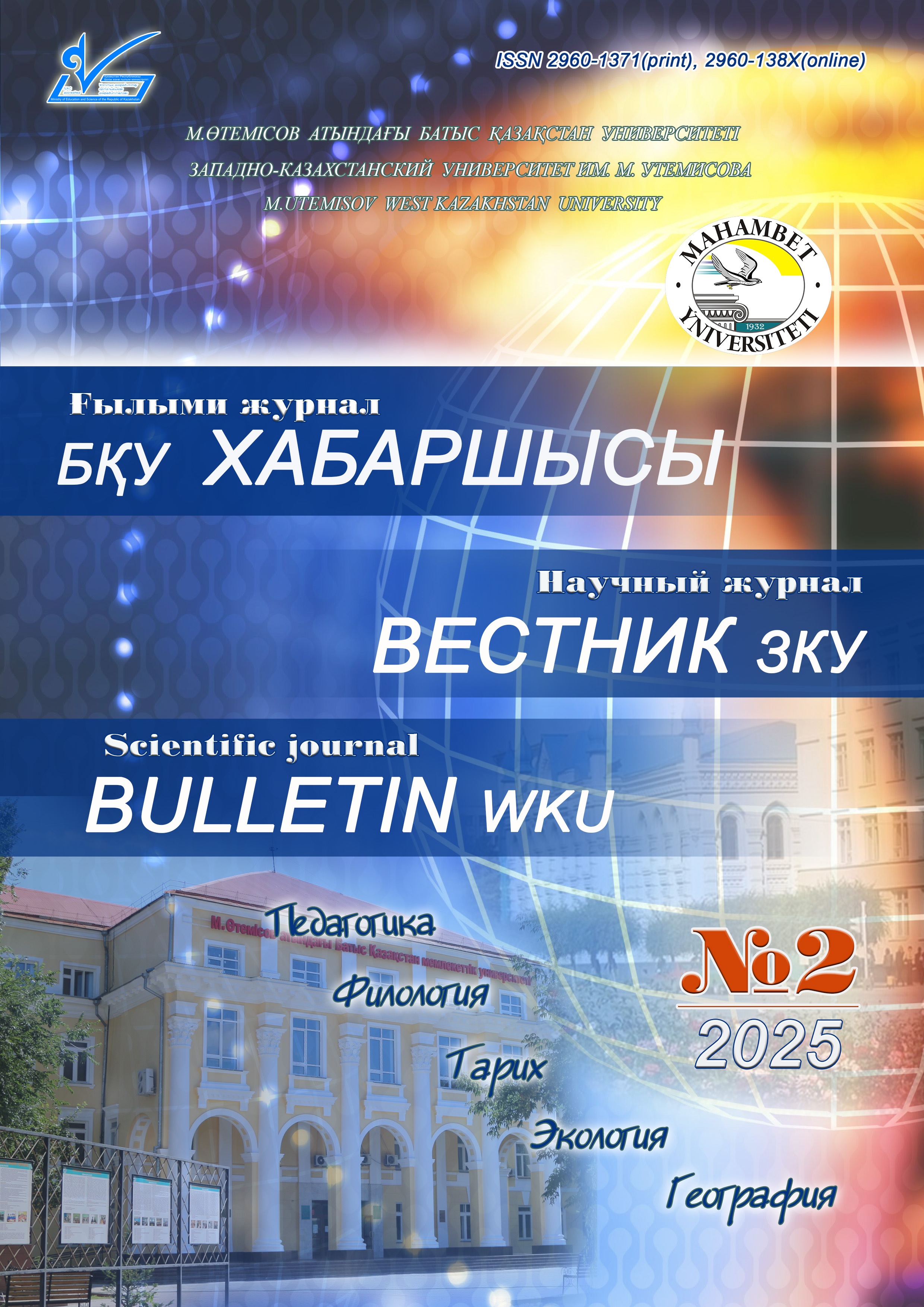APPLICATION OF DEM TO IDENTIFY AVALANCHE HAZARDOUS TERRITORIES IN THE EAST KAZAKHSTAN REGION
Abstract
One of the main factors in avalanche formation is the terrain. Studying the avalanche area is the first step in assessing avalanche risk. Geomorphological factors play a key role in influencing the stability of snow cover and the occurrence of avalanches. The interaction of several key terrain features, such as elevation, slope, aspect, and terrain roughness, determine the conditions under which avalanches are most likely to occur. Various elements of the relief contribute to the accumulation of snow, create conditions for its melting and often determine the scale of possible avalanches. The terrain is the main geomorphological factor in identifying avalanche-prone areas and the possibility of developing a methodology for selecting priority mountain slopes for placing avalanche hazard monitoring systems.
This article examines modern Remote Sensing (RS) methods for identifying avalanche-prone areas using the most effective and reliable modern methods.
The results of the study include conducting a geomorphometric analysis of slopes, determining the timing of occurrence and collapse of snow cover, and identifying priority areas for placing avalanche hazard monitoring systems. These results will help optimize the placement of monitoring systems and improve the accuracy of avalanche threat forecasts.



